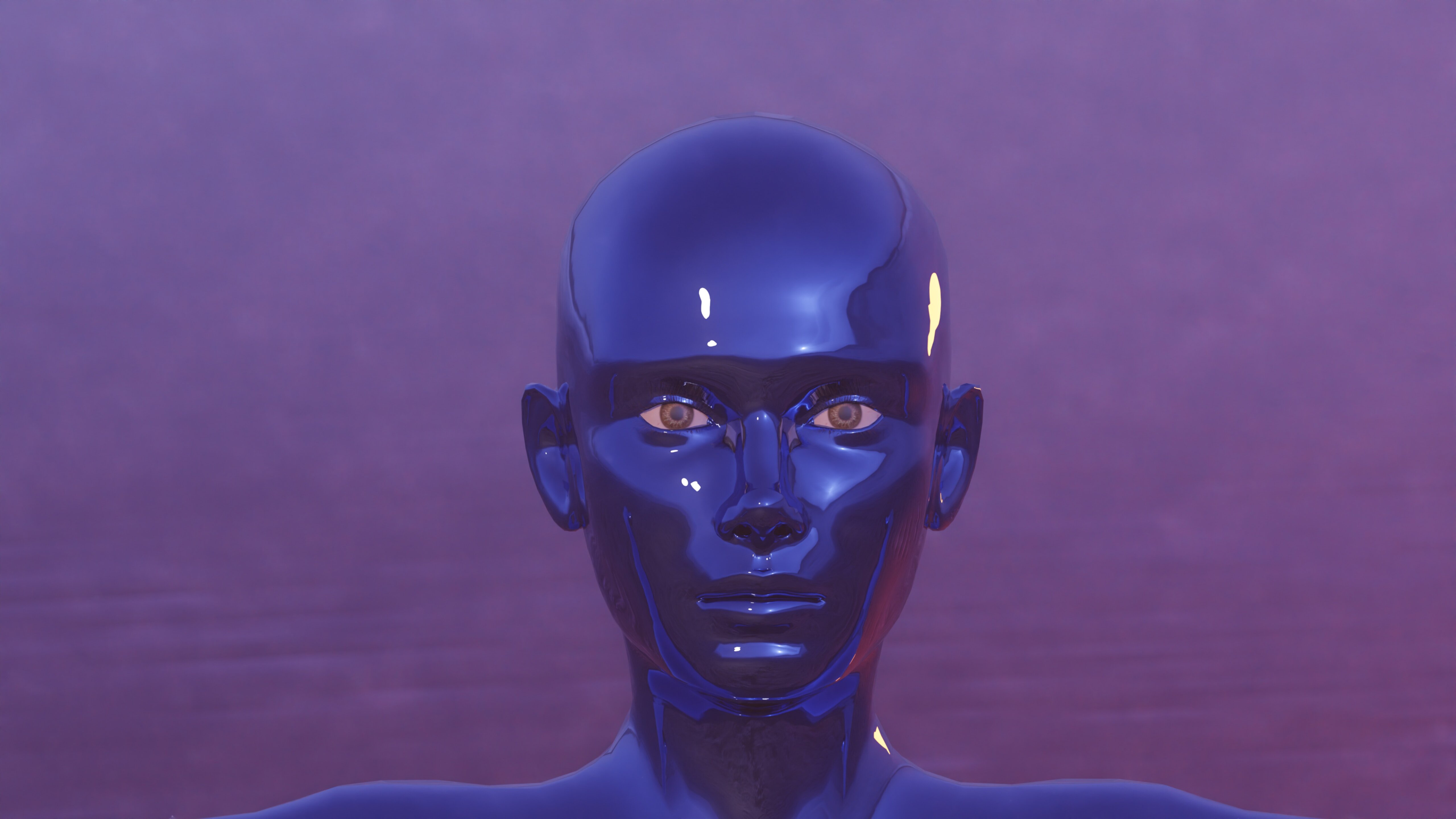Professional photographer's guide Integrating the Wacom Cintiq Pro 32 into your photoshoot workflow

I've been spending considerable time lately examining how physical workflow bottlenecks in professional digital photography are being addressed by high-fidelity input devices. The transition from tethered capture to immediate, large-format on-screen retouching presents a fascinating engineering challenge, particularly when you consider the sheer visual real estate required for high-resolution commercial work. We are moving past the era where the secondary monitor served as a mere previewer; now, the primary interaction surface *is* the display, and the latency between gesture and visual response becomes a performance metric in itself. This shift demands a re-evaluation of the entire post-capture pipeline, moving critical decision-making directly into the hands of the image creator at the point of capture or immediately thereafter.
My focus recently has narrowed onto the Wacom Cintiq Pro 32, specifically observing its physical integration within established studio environments—not as a peripheral, but as the central workstation hub. When you consider the 4K resolution panel and the sheer physical size, we are talking about a device that demands dedicated desk space and robust connectivity, unlike its smaller tablet counterparts. The question isn't simply whether it *can* handle the software load—modern GPUs manage that—but rather how its physical presence alters the photographer's operational tempo and physical relationship with the image data. Does the tactile feedback of the Pro Pen 2 truly translate into faster, more accurate dodging and burning, or is the initial learning curve steep enough to negate immediate productivity gains? Let’s examine the practical reality of slotting this substantial piece of hardware into a fast-paced shooting schedule.
The practical integration process often begins with the physical desk setup, which, frankly, can be surprisingly disruptive if not planned correctly. Moving from a traditional dual-monitor setup where the primary screen is viewed from a distance to an interactive surface means the photographer is now leaning in, often for extended periods, directly over the image plane. This necessitates careful calibration of monitor arms or specialized drafting tables capable of tilting the massive display to a comfortable working angle, preventing neck strain that could quickly negate any perceived workflow improvement. Furthermore, the connection protocol matters immensely; while modern USB-C and Thunderbolt implementations are fast, a high-throughput tether to a processing tower is mandatory to ensure that brushing across a 100-megapixel raw file doesn't introduce perceptible lag, which is the quickest way to derail creative flow. I’ve observed that studios often have to dedicate a significant portion of their cable management system solely to the Cintiq Pro 32, given the power brick and the data connection requirements, which is a logistical consideration often overlooked in initial purchasing decisions. The tactile responsiveness of the pen nib against the etched glass surface provides a distinct, friction-heavy feedback that mimics traditional media better than older screen technologies, but practitioners must consciously retrain their muscle memory away from the near-zero resistance of a mouse click.
Reflecting on the operational changes, the most compelling argument for this large format interaction device lies in the immediate visual confirmation during tethered shooting sessions, particularly in high-end fashion or product work. When tethered via Capture One or Lightroom, the ability to zoom to 100% and immediately correct minor focus errors, chromatic aberration fringing, or fine dust spots directly on the 31.5-inch display, using the pressure-sensitive pen, collapses the review cycle dramatically. Instead of capturing ten shots, reviewing on a small laptop screen, sending the files to an assistant for initial cleanup, and waiting for feedback, the photographer becomes their own first-line retoucher simultaneously. This closed-loop feedback system is where the financial justification for such a substantial investment starts to materialize, assuming the photographer is proficient enough to maintain shooting speed while performing detailed edits. However, one must remain skeptical about the utility of the ExpressKey remote for users who have deeply embedded keyboard shortcuts; while the remote is physically accessible, many experienced users default back to tactile keyboard commands rather than shifting their hand position to the remote module repeatedly. The true test of integration is when the device fades into the background, allowing pure creation, and for the Cintiq Pro 32, that transition seems to hinge more on the user’s existing habits than the hardware's capabilities alone.
More Posts from kahma.io:
- →Cintiq Pro vs MobileStudio Pro A 2024 Comparison for Digital Artists and Photographers
- →The Evolution of Reference Use in Digital Portrait Art Balancing Creativity and Accuracy
- →The Myth of Talent in AI-Generated Portraits How Technology Levels the Artistic Playing Field
- →How to Use a Custom Adapter for Mounting Wacom Cintiq Pro 24 to Ergotron Arms or VESA Mounts
- →7 Standout Features of the XP-Pen Artist156 - An Affordable Cintiq Alternative
- →Evaluating the Artisul D22215 for AI Portrait Workflow